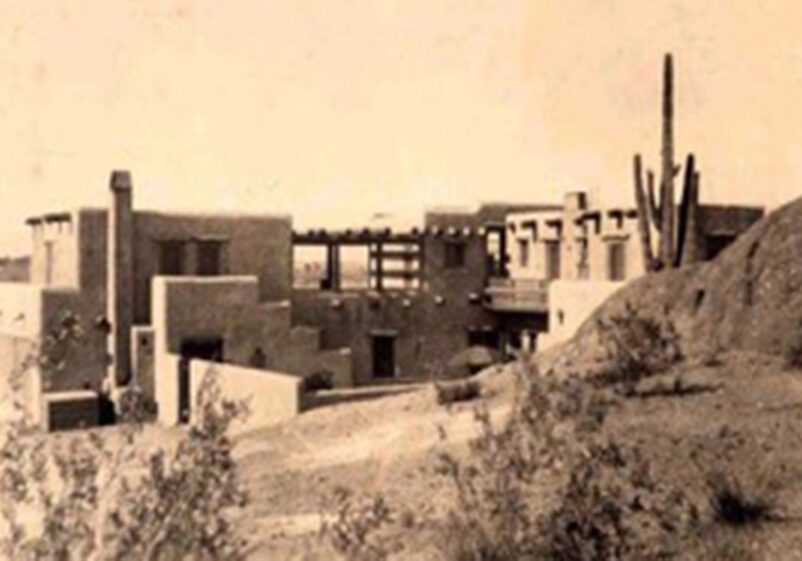Field Trip Finds: Casa Blanca’s Architectural Ties
- casablancaarchives
- Jul 27
- 1 min read

Members of the Historic Committee recently took two local field trips in search of new material about Casa Blanca’s history. Jean and Lynne visited the Scottsdale Historical Museum and the Arizona Heritage Center in Tempe. Along the way, they were introduced to the Eisendrath House, a historic adobe residence designed by Casa Blanca’s architect, Robert T. Evans. Built in 1929–30 by Rose Eisendrath, the home is Pueblo Revival style atop a hill overlooking the Salt River (Tempe Town Lake). After decades of neglect, Tempe restored it into the Eisendrath Center for Water Conservation.
About Pueblo Revival Architecture
Pueblo Revival is an architectural style that draws inspiration from the traditional adobe dwellings of the Pueblo peoples of the American Southwest, particularly in New Mexico and Arizona. Popularized in the early 20th century, this style aimed to celebrate and preserve Indigenous and Spanish colonial building traditions.
Key features of Pueblo Revival architecture include:
Thick adobe or stucco walls, often rounded at the corners
Flat or gently sloping roofs with projecting wooden beams called vigas
Earth-toned exteriors that blend with the desert landscape
Deep-set windows and doors, sometimes framed in wood
Terraced levels that reflect ancient cliff dwellings
Architects like Robert T. Evans embraced this style to harmonize buildings with the surrounding environment and pay homage to the Southwest’s cultural heritage. Today, Pueblo Revival remains a distinctive and beloved architectural language in desert communities.
Learn more here:
Arizona Heritage Center
Scottsdale Historical Museum
Eisendrath House












